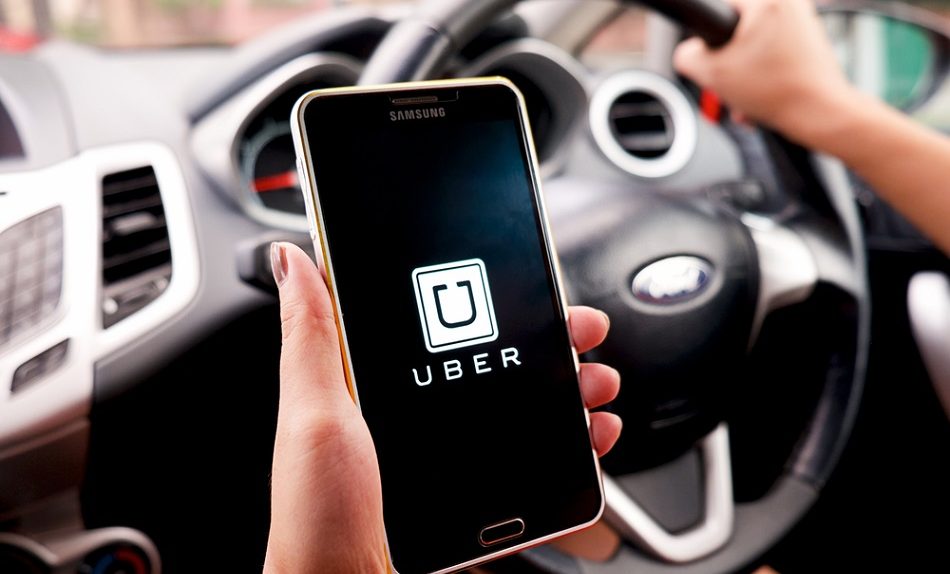A few months ago, Uber signaled its intention to embark on a new initiative with the potential to revolutionize the transportation industry to an even greater degree than mundane carpooling. In a 100-page whitepaper published last October, Uber introduced us to Uber Elevate, a nascent program seeking to make the sci-fi notion of flying cars a reality. And putting its money where its mouth is, Uber just two months ago hired a former NASA engineer with an impressive and oddly robust research background involving flying car technologies to head up the program.
In short, Uber’s long-term goals involve self-driving cars and flying cars capable of picking up passengers, whisking them through the air, and dropping them off with ease. As Uber explained in its white paper: “On-demand aviation, has the potential to radically improve urban mobility, giving people back time lost in their daily commutes. Uber is close to the commute pain that citizens in cities around the world feel. We view helping to solve this problem as core to our mission and our commitment to our rider base. Just as skyscrapers allowed cities to use limited land more efficiently, urban air transportation will use three-dimensional airspace to alleviate transportation congestion on the ground.”
Now that all sounds great, but skeptics were quick to point out that Silicon Valley has a penchant for hyping up products and technologies that realistically never see the light of day. Similarly, some tech companies like to talk up future technologies that they have no serious intention of actually pursuing in earnest.
Uber, though, is dead serious about making Uber Elevate into an actual service.
At a conference called the Elevate Summit, Uber this week revealed how it hopes to usher in a world of air-based ridesharing.
The Verge was in attendance at the conference and relayed that Dallas and Dubai will be the first test-cities for Uber Elevate. Additionally, Uber is already taking measures to identify locations that will work well as take-off and landing spots.
It is also joining forces with real estate firm Hilwood Properties in Dallas-Fort Worth to identify sites where it will build takeoff and landing pads, which Uber calls “vertiports.” It has signed contracts (or is in the midst of contract negotiations) with five aircraft manufacturers to work on the design and production of lightweight, electrically powered vertical takeoff and landing (VTOL) aircraft. And it launched a partnership with an electric charging company called ChargePoint, to develop charging stations for Uber’s flying taxis.
Uber is confident that it can have a public demo of Uber Elevate ready to show off by 2020. While we’re still many years away from a world where Uber Elevate becomes a full-fledged service — assuming that it ever reaches that point — Uber’s ultimate vision involves a large fleet of electric-powered aircraft capable of transporting passengers between relatively close cities.








